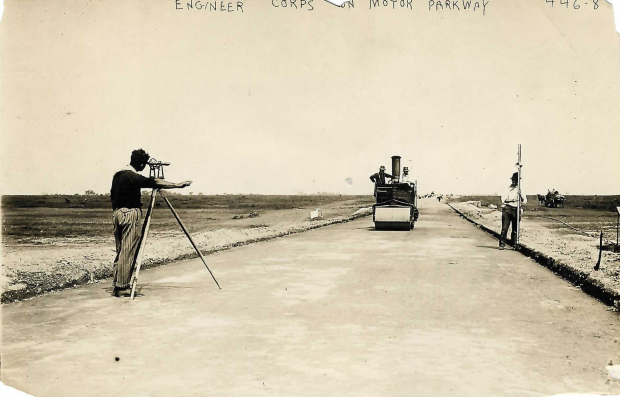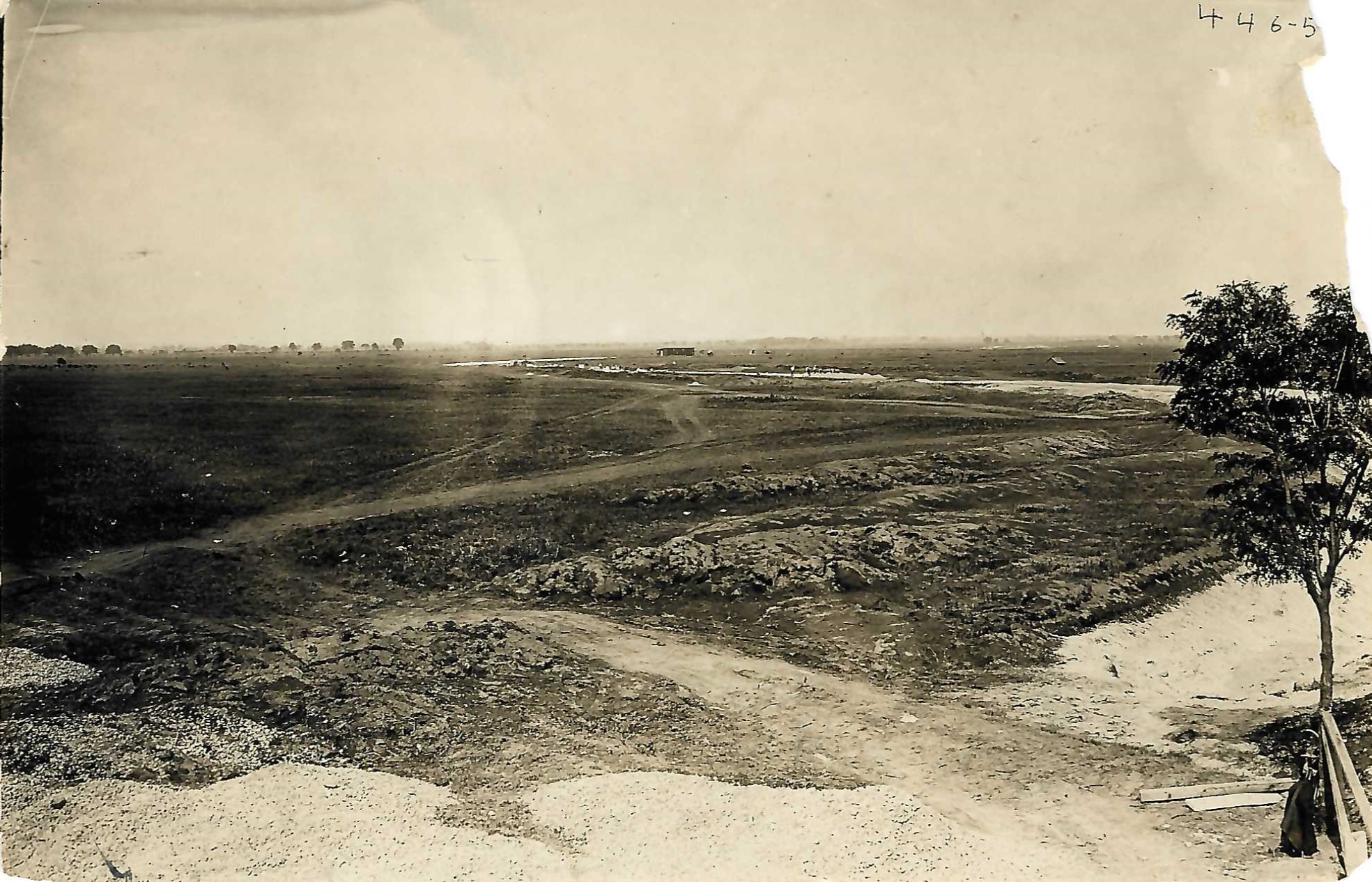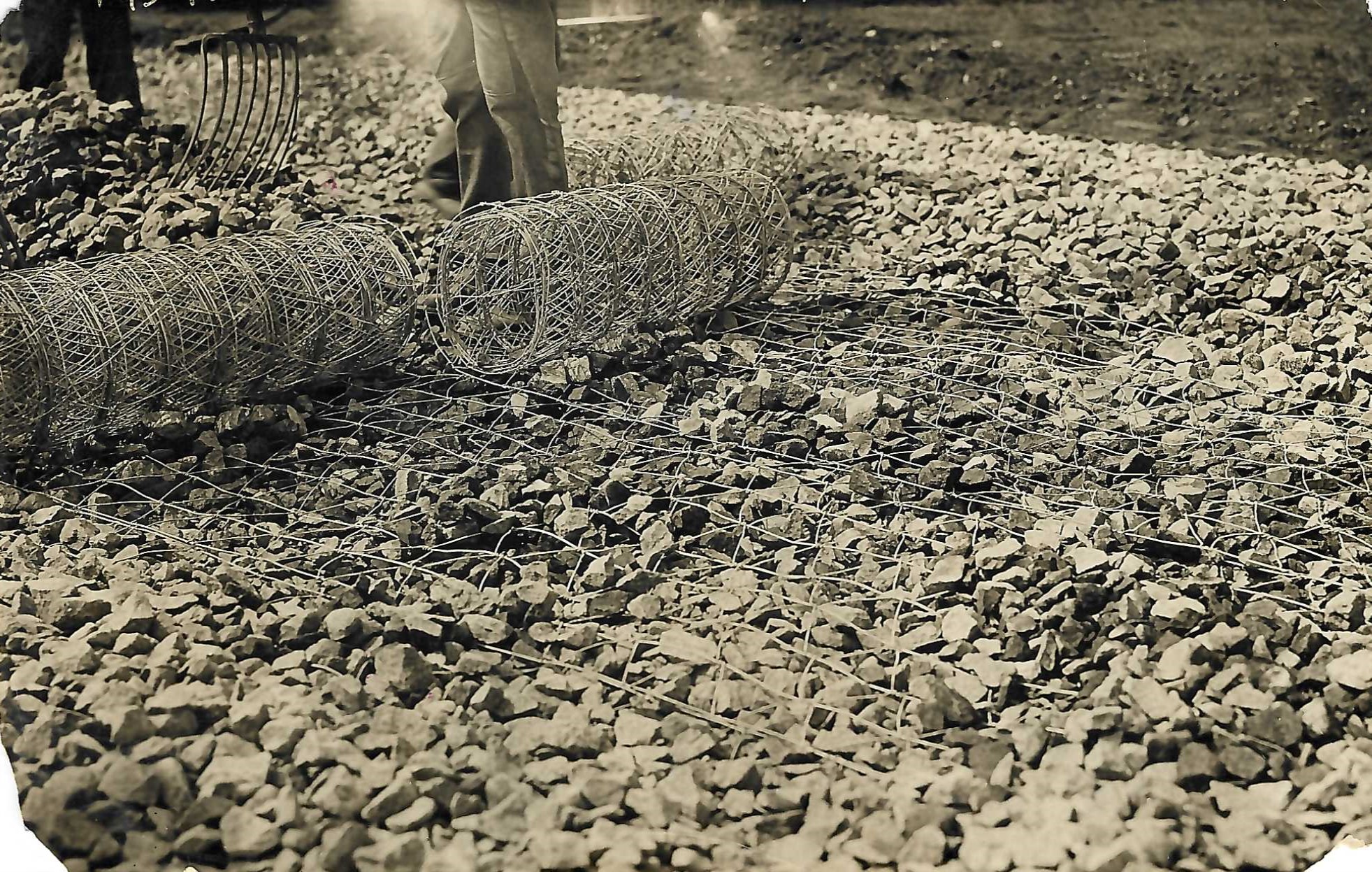Kleiner’s Korner: Recently Found Motor Parkway Construction Photos

George Grantham Bain

The building housing Bain's initial photographs burned down in 1908; starting over again (and using other's collections) he went on to continue to capture history through photography.
Feel free to comment on the possible location of each photo.

Much of Bain's photos are today in the collection of the Library of Congress.



Comments
Of the 5 photos from top to bottom, the lack of surrounding features may make most of them impossible to determine. I think the top photo and the 3rd photo down can possibly be solved.
My initial, knee jerk guesses so far are; for the top steamroller photo, I’m trying to match various tree lines on the plains, Salisbury/Island Trees area, but resolution is hindering the ability to see far off tree lines well.
The 3rd photo down, I’m thinking the photographer was standing at the location for the Newbridge Road bridge looking eastwards. The structure seen in the photo is standing a bit West of where the grandstands will be.
I have confirmed that the 3rd photo down is indeed taken from the location of the Newbridge Road bridge. Here is my proof:
Mystery photo #4, from Jan 27th 2020 is just about an identical view. The top photo is the entire mystery #4 photo. Zooming in on the trees to the left of that mystery photo reveals a tree line, (my 2nd photo) The 3rd photo is an enlarged and cropped version of the Bain photo. The tree line is an exact match.
Aside from the obvious tree line, the dirt pathways match between the mystery photo (top) and the Bain photo (below)
The 2nd Bain photo down could also be the same stretch of tracks next to the Newbridge Rd bridge as the January mystery photo. The South side poles match, but the building on the North side has been removed since the Bain photos appear to be previous to bridge construction and no longer needed by the time the mystery photo was taken. Also, the mystery photo is missing the poles on the North side of the tracks. Possibly also removed by the time of the January mystery photo.
Greg - you nailed that one! Great work!
Nice work Greg! I recalled similar dirt tracks in a construction photo by Farmedge Rd near the Bloomingdale bridge. There was little to go on to solve the pic in the open plains.
Just a hunch but that picture of the LIRR freight cars delivering materials for the Motor Parkway would probably be somewhere between Merrick Ave and points just east. Those poles look a lot like they supported the experimental catenary (overhead wires) that the PRR was experimenting with in that area prior to the Penn Station build and the electrification of the Eastern area of the PRR. This is the first hint that the LIRR was involved in the building of the Motor Parkway but it makes sense since it was the most efficient way to move large amounts of material. Indeed, in the late 40s and early 50s, as we know, Levitt would use the LIRR to deliver materials for the nascent Levittown.
From Art Huneke’s excellent WebSite. Looks like a match. In 1908 the PRR constructed 5 miles of overhead wires east of Hempstead Crossing to test power distribution methods. The first and last sections used the basic wood poles and cross arms seen in the picture.
Click here to Download this file
Howard, does that last photo document a then-novel construction technique being used? Previously, I have not seen any photos that clearly document the technique, only descriptions and drawn diagrams of the technique that was invented for the Motor Parkway
Since the first and last sections of the 5 mile catenary test setup used these wood poles and the area is too wide open to be the Garden City area east of Hempstead Crossing (around Franklin Ave) I would make this to be indeed in the last test section presumably around the Newbridge Road area.
Nice investigation work, Wayne!
David - here is more information about this technique - not sure if it was novel - any others want to weigh in?
https://www.vanderbiltcupraces.com/blog/article/kleiners_korner_good_roads_magazine_motor_parkway_construction_details
As I noted elsewhere, I actually can remember when road rollers were true STEAM rollers. Great find - thanks, Art! Kep ‘em comn’, please. As an aside - this post and the linked one remind me - when did right-hand driving become the norm in the U.S.? Sam, III
How did driving on the right start?
Seemed to be when the Model T was coming off the production line. But here’s an answer two websites:
Google: The first law requiring drivers to keep right was passed in Pennsylvania in 1792, and similar laws were passed in New York in 1804 and New Jersey in 1813. Despite the developments in the US, some parts of Canada continued to drive on the left until shortly after the Second World War.
Allstate.com
https://www.allstate.com/blog/take-sides-the-history-behind-driving-on-the-left-or-right/
Wayne - you’re right on. Excellent catenary sleuthing! See here ->
https://www.vanderbiltcupraces.com/blog/article/mystery_friday_foto_4_a_curve_on_the_motor_parkway
Wayne, Regarding your comment .... LIRR first hint of involvement with the Long Island Motor Parkway, 1908. Actually, the LIRR could be considered one of the founders of the Long Island Motor Parkway. Ralph Peters, the president or the LIRR at the time, served on the five man Plan & Scope Committee and also on the original three man Finance Committee. It was surveyors from the LIRR, at no cost to the Parkway, that first began laying out the Parkway ROW, He also made his personal private railroad car available to the Plan & Scope Committee members, also at no cost. So fully committed to the Parkway’s success, the LIRR purchased $24,000 of the Parkway’s stock and bonds. Dollar wise, that was in the top five. On top of that, Ralph Peters, personally, bought $9,000 worth of stock and bonds. Broadly, the relation with Vanderbilt/Race/Parkway began in 1904.
Very interesting to learn, Al. Thanks for the update. I guess the LIRR (PRR owned them) didn’t foresee the threat that the internal combustion engine would be for the railroads in general. I am not saying it was good or bad. Obviously, it would have happened one way or the other. Looking forward, none of this has really hurt the LIRR, pandemic aside, or the mass transit business around the world. People have options.
My comment above should have read: “How did driving on the left start?” which was answered in the link provided.